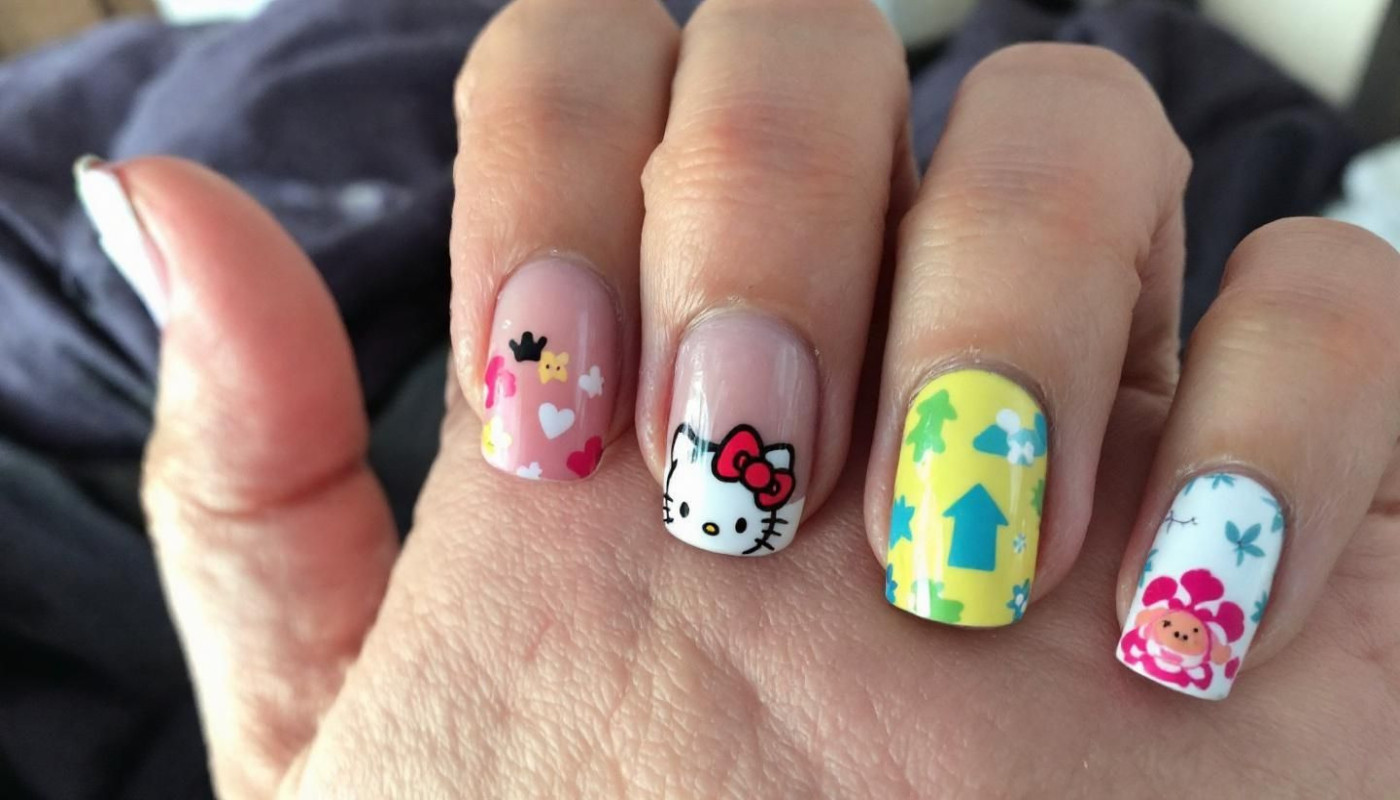Table of contents
Healing from childhood psychological wounds is a journey many embark upon to find greater well-being and inner peace. While conventional therapies play a significant role, exploring alternative approaches can provide unique avenues for growth and recovery. Dive into the following sections to discover diverse and insightful ways to support healing on a deeper level.
Understanding childhood psychological wounds
Childhood psychological wounds refer to the deep and lasting emotional damage caused by experiences such as trauma, neglect, emotional abuse, or the loss of a caregiver. These wounds typically stem from adverse childhood experiences, which can significantly disrupt healthy emotional development. Common sources include witnessing domestic violence, persistent criticism, or being deprived of affection and security during formative years. The psychological impact of trauma in childhood often carries into adulthood, presenting as anxiety, low self-esteem, depression, trust issues, and difficulty establishing or maintaining close relationships. Research consistently demonstrates that unresolved childhood trauma not only affects mental wellbeing but also increases vulnerability to chronic stress, emotional dysregulation, and even physical health issues later in life. Understanding these psychological wounds is a critical first step in the emotional healing process, as it allows adults to recognize the patterns that impede their healing journey. Those seeking further insight or guidance on managing the impact of trauma can click site for practical strategies and support resources on dealing with childhood trauma.
Art and expressive therapies
Creative modalities like art therapy, music therapy, and dance movement therapy provide powerful avenues for emotional expression and creative healing, especially for individuals carrying childhood psychological wounds. Expressive therapies harness non-verbal methods to access and process emotions that may be difficult to articulate verbally, often bypassing psychological defenses that can inhibit trauma recovery. Scientific research indicates that these approaches stimulate regions of the brain involved in emotion regulation, memory, and sensory integration, allowing for deeper exploration and resolution of traumatic experiences. Art therapy, for instance, offers a safe space for symbolic communication, while music and movement invite the body and mind to collaborate in healing. For those seeking practical understanding, the leading art therapist will present this section, offering deep insights into the mechanisms behind expressive therapies and sharing real-world examples of how creative healing supports lasting trauma recovery.
Mind-body integration techniques
Mind-body therapy forms the backbone of modern approaches to somatic healing, especially when addressing deep-rooted psychological wounds from childhood. Integrating practices such as yoga, meditation, breathwork, and somatic experiencing allows individuals to restore the mind-body connection, a dynamic often disrupted by early trauma and body-based memories. These modalities equip survivors with practical tools for nervous system regulation, enabling them to move from states of chronic stress or dysregulation toward balance and safety. For example, yoga and breathwork foster awareness of physical sensations and emotions, encouraging gentle release of stored tension and promoting resilience. Meditation guides the mind toward presence, reducing rumination and supporting psychological clarity. Somatic experiencing, grounded in nervous system science, helps individuals track and process the bodily impact of trauma, gently building capacity for emotional regulation. By focusing on holistic healing, mind-body integration techniques empower individuals to reclaim agency over their physical and emotional experiences, laying the groundwork for profound recovery from childhood wounds.
Inner child work and visualization
Inner child work represents a transformative process in which individuals consciously connect with their younger selves to address lingering childhood wounds. Psychotherapists specializing in inner child healing frequently utilize guided visualization exercises, encouraging clients to imagine scenarios from their past and engage in direct dialogue with their inner child. This method, known as inner child integration, helps uncover unmet emotional needs and initiate the process of emotional recovery. Through these techniques, individuals offer empathy and understanding to their younger selves, directly fostering self-compassion and a sense of safety. Inner child integration also supports reframing limiting beliefs that often stem from early life experiences, encouraging healthier patterns of thought and behavior. Practical steps include setting aside quiet time for visualization, journaling conversations with the inner child, and practicing affirmations that address specific childhood wounds. These interventions, guided by skilled therapists, can nurture profound emotional healing, allowing adults to rewrite internal narratives and cultivate lasting psychological resilience.
Nature-based and spiritual therapies
Nature therapy and ecotherapy have been increasingly recognized for their profound impact on healing childhood psychological wounds. By immersing individuals in natural settings—whether through wilderness therapy programs, mindful walks in forests, or gardening—ecotherapy offers trauma support that facilitates emotional regulation, stress reduction, and improved self-esteem. The sensory experiences provided by healing in nature restore a sense of safety and connection, which are often disrupted by early psychological trauma. In parallel, spiritual healing practices, including rituals, meditative exercises, or reflective time spent outdoors, invite children and adults alike to explore a deeper sense of meaning and belonging. This dual engagement with the environment and inner spirituality nurtures grounding and inspires hope, key factors in long-term recovery. To offer the most comprehensive insights, an invitation is extended to the foremost expert in ecotherapy and spiritual counseling, whose expertise can clarify the transformative mechanisms at work when nature therapy and spiritual healing intersect for trauma support and restoration.
Similar

Unveiling The Magic Of Nail Wraps: A DIY Salon Experience At Home

Plants as foods and medecine

How do I get contracts for my web agency ?

What are the advantages of a connected watch ?

